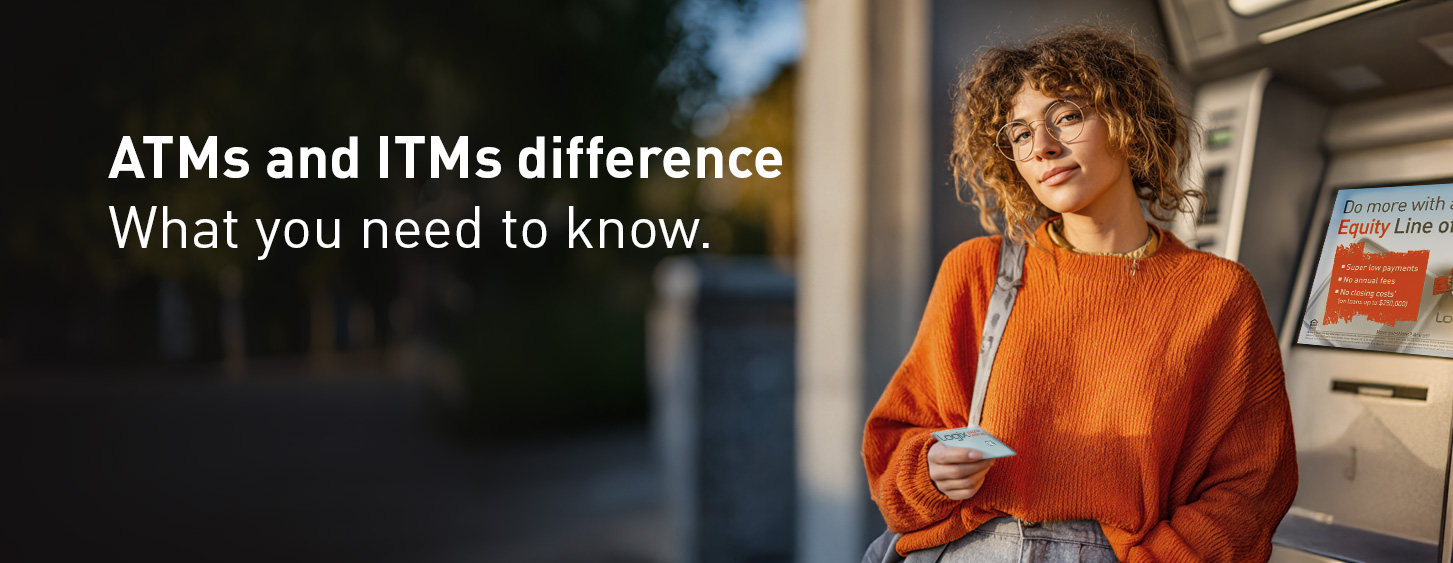Laddering your certificates is an attractive investment strategy for new and seasoned investors looking to diversify their portfolios. With laddering, you will be able to decide how you want to split up your investments and whether to reinvest each time a certificate matures. By opening multiple certificates with staggered maturity dates, you have the potential to earn better returns while keeping your money safe.
Laddering 101: Maximize Returns With Certificate Accounts
The Best of the Best – Why Logix is (Objectively) Smarter Banking
Fact: Credit unions charge fewer fees and have better loan and deposit rates, on average, than banks.
Required Minimum Distributions (RMDs) generally are minimum amounts that a retirement plan account owner must withdraw annually starting with the year that he or she reaches 72 (70 ½ if you reach 70 ½ before January 1, 2020), if later, the year in which he or she retires. However, if the retirement plan account is an IRA or the account owner is a 5% owner of the business sponsoring the retirement plan, the RMDs must begin once the account holder is age 72 (70 ½ if you reach 70 ½ before January 1, 2020), regardless of whether he or she is retired.
Retirement plan participants and IRA owners, including owners of SEP IRAs and SIMPLE IRAs, are responsible for taking the correct amount of RMDs on time every year from their accounts, and they face stiff penalties for failure to take RMDs.
How Do Fed Rates Affect Financial Institutions?
To understand how the federal funds rate or "Fed rate" affects banks and credit unions, we first need to understand what the federal funds rate is and its role in the financial world. The Federal Government requires all depository institutions, like banks and credit unions, to have a minimum reserve level in proportion to their deposits. Those that do not have enough reserves borrow from other financial institutions that do. The Fed rate is the interest rate banks charge when lending money to each other from their reserve balance.
Information on this topic is accurate as of 8/15/2022. For the most recent information, please visit the California Franchise Tax Board website.
More than 20 million Californians can expect a new round of direct payments to hit their bank accounts this year, Governor Gavin Newsom announced. The state is issuing payments up to $1,050 in what the governor called a new “Middle Class Tax Refund.” The direct payments are part of an inflation relief package.




.jpg)





%20(952%20x%20317%20px)-2.png)




